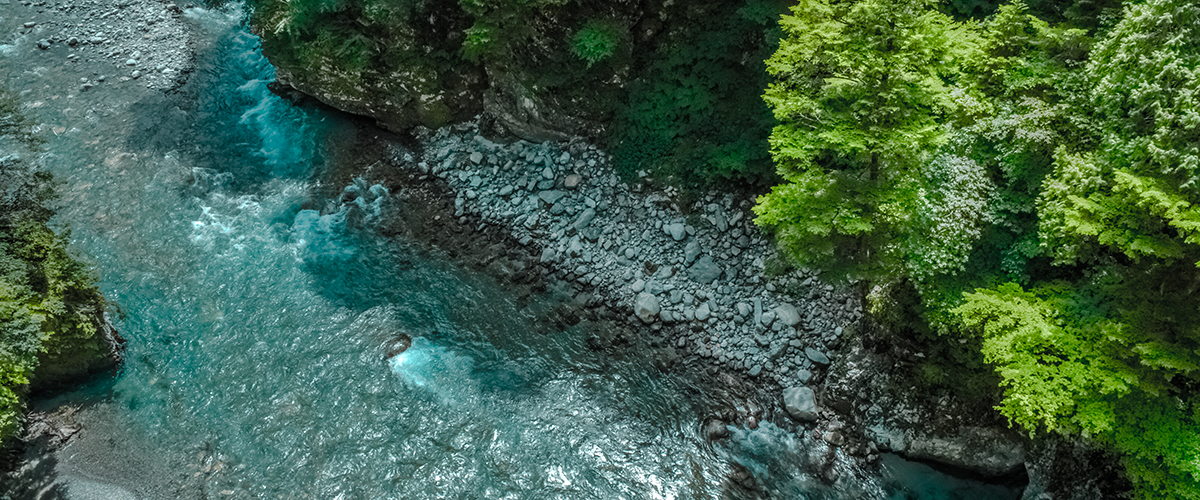By Sibyl Diver
Abstract:
For Indigenous communities, protecting traditional lands and waters is of the utmost importance. In the U.S. context, scholars have documented an unfortunate neglect of water quality on tribal lands. Treatment as a State (TAS) provisions, adopted in the 1987 amendments to the Clean Water Act, and tribal Water Quality Standards (WQSs) programs are intended to address such problems. Importantly, tribal WQSs may be more stringent than neighboring state standards, and can be used to influence pollution levels coming from upstream, off‐reservation users. Tribes can also develop WQSs that support unique tribal values, including ceremonial and cultural uses of native waters. Yet scholarly debates question whether tribal environmental self‐determination strategies can fully succeed within dominant regulatory structures. Based on a synthesis of the published literature, this article examines tribal WQSs as a case of tribal environmental self‐determination. The author discusses how U.S. tribes pursue WQSs under TAS, program outcomes, and why so few tribes have established WQSs to date. Because most scholarship was found within the legal literature, the author focuses on the legal and political outcomes that arise from tribal WQSs, and analyzes specific opportunities and constraints for program participants. The author also considers how some tribes use WQSs as a “third space” strategy—simultaneously working inside and outside of dominant government structures to advance tribal sovereignty (Bruyneel 2007). Additional research is needed to understand the diversity of tribal environmental self‐determination strategies that occur through federal regulatory frameworks and under tribal law.
